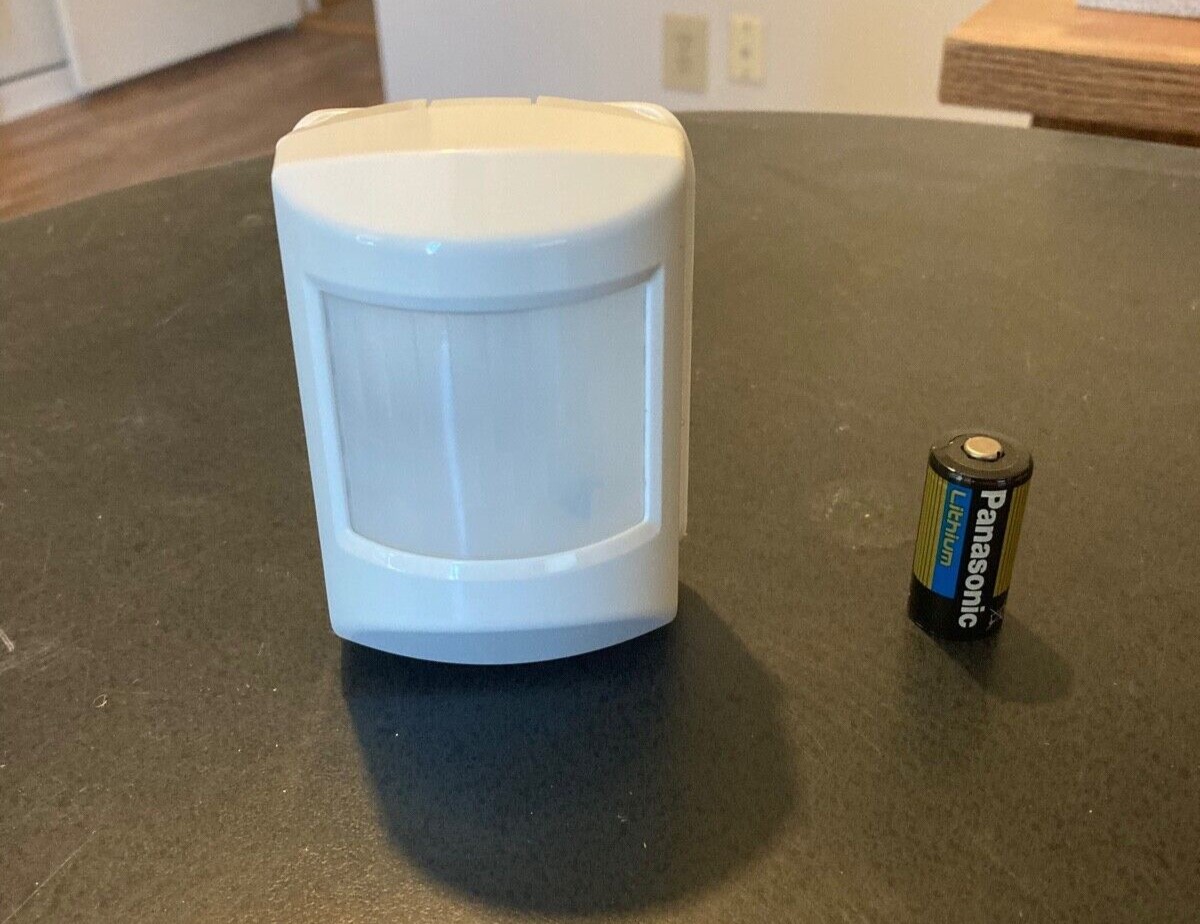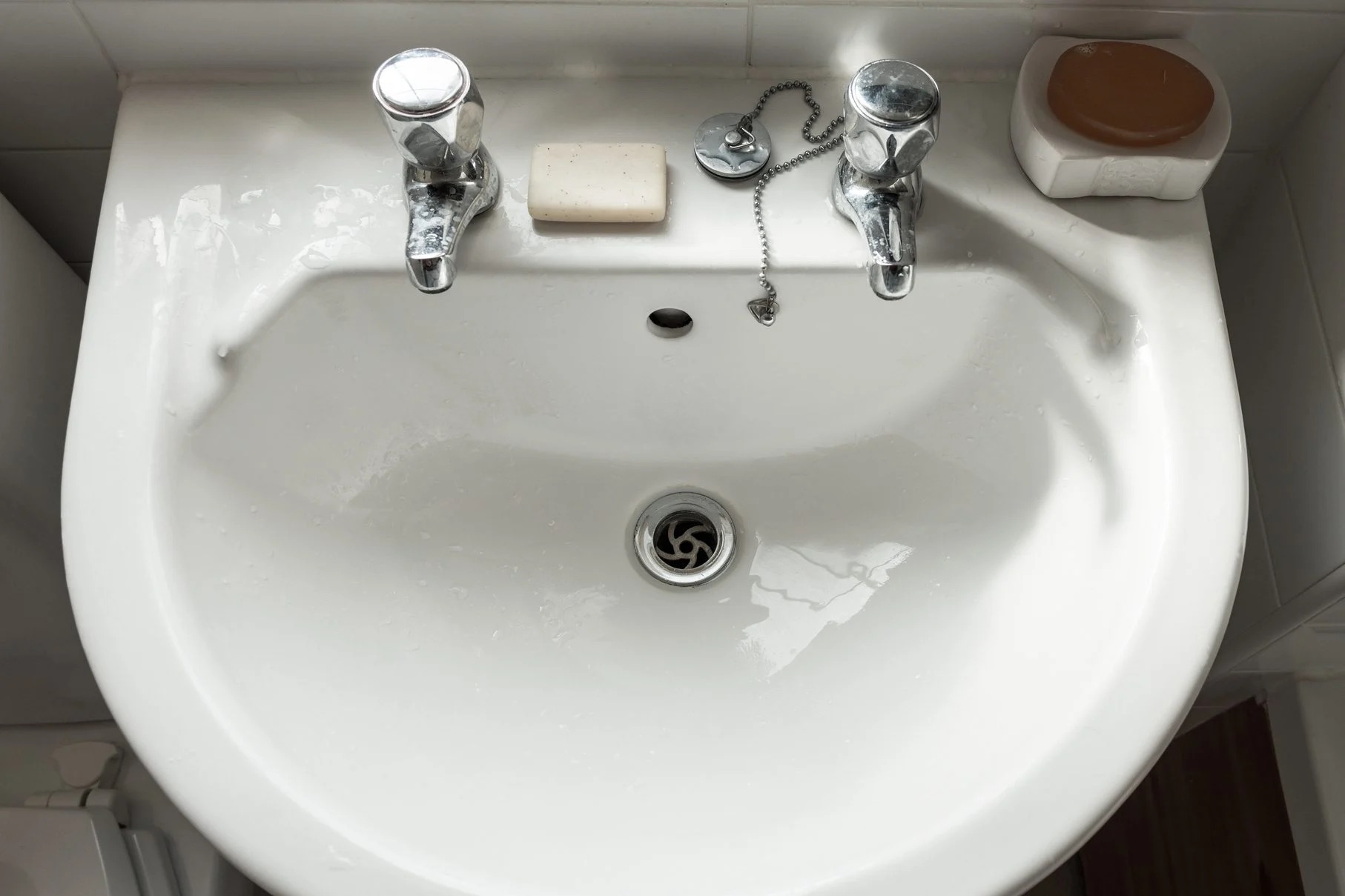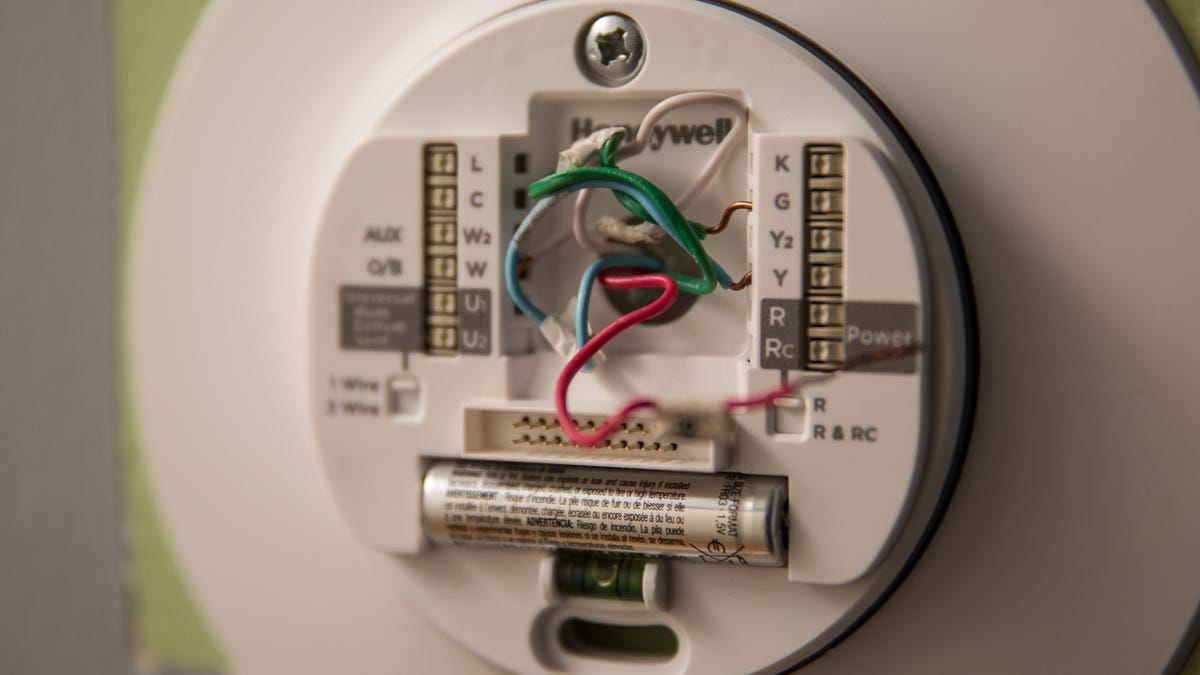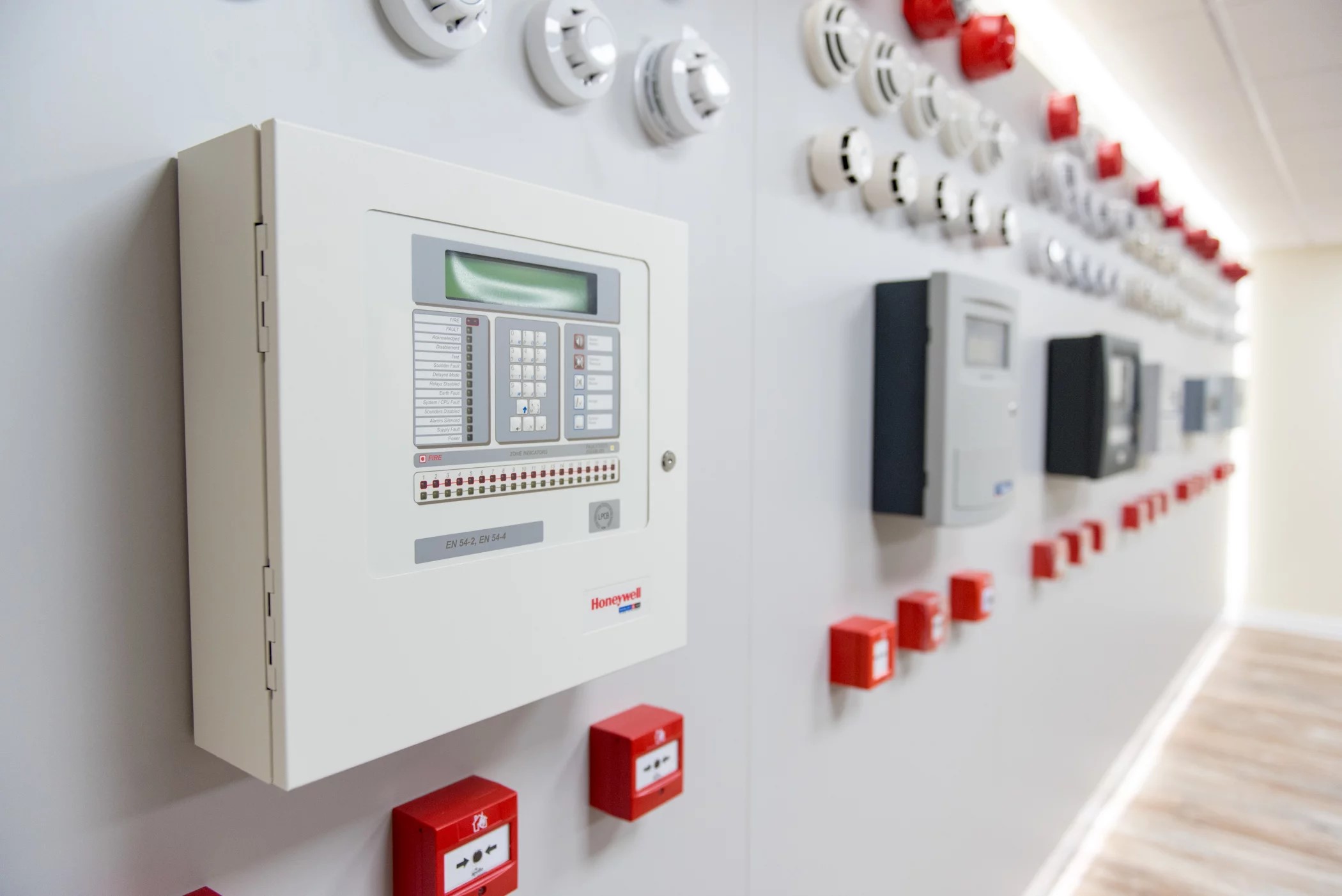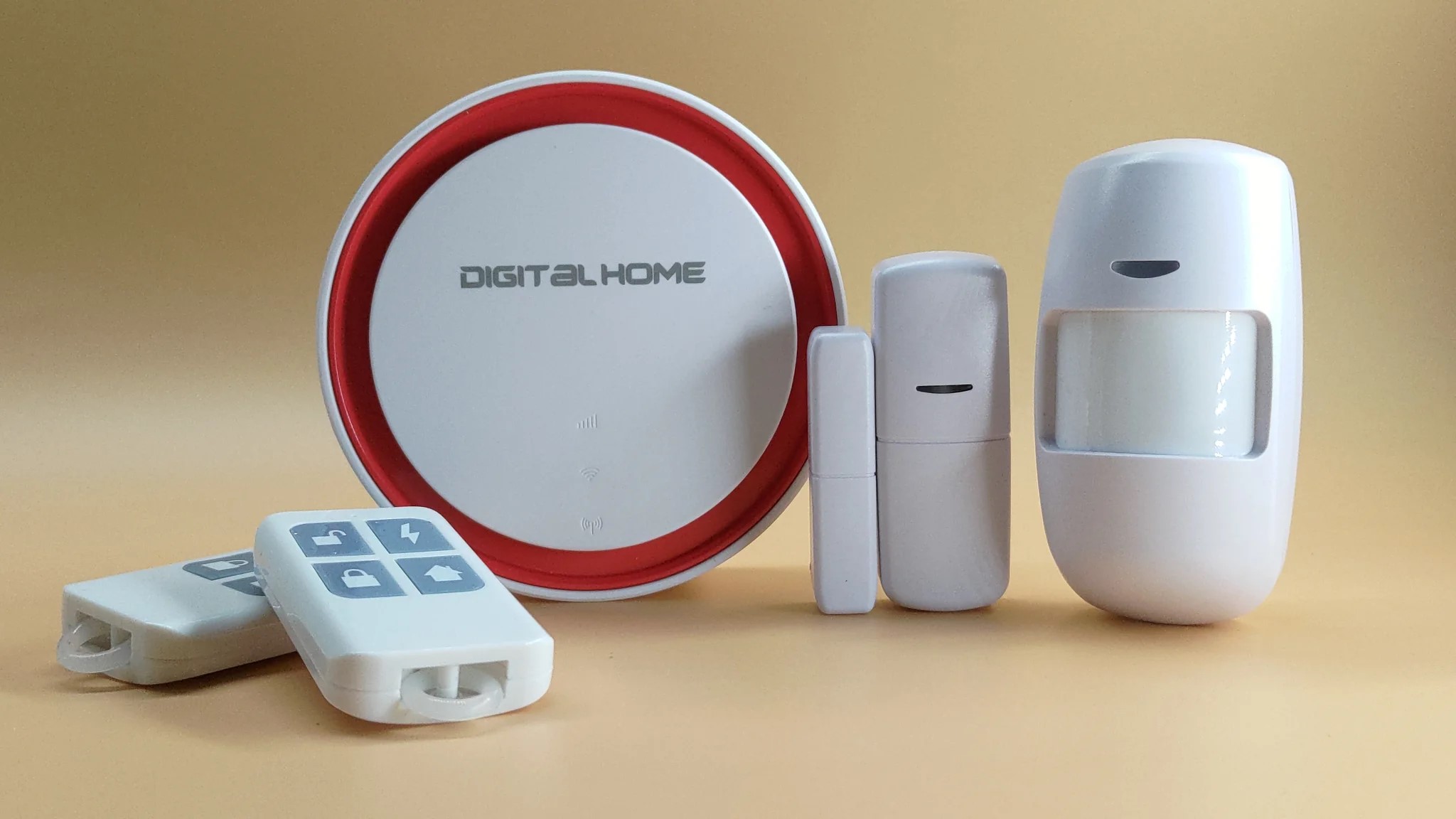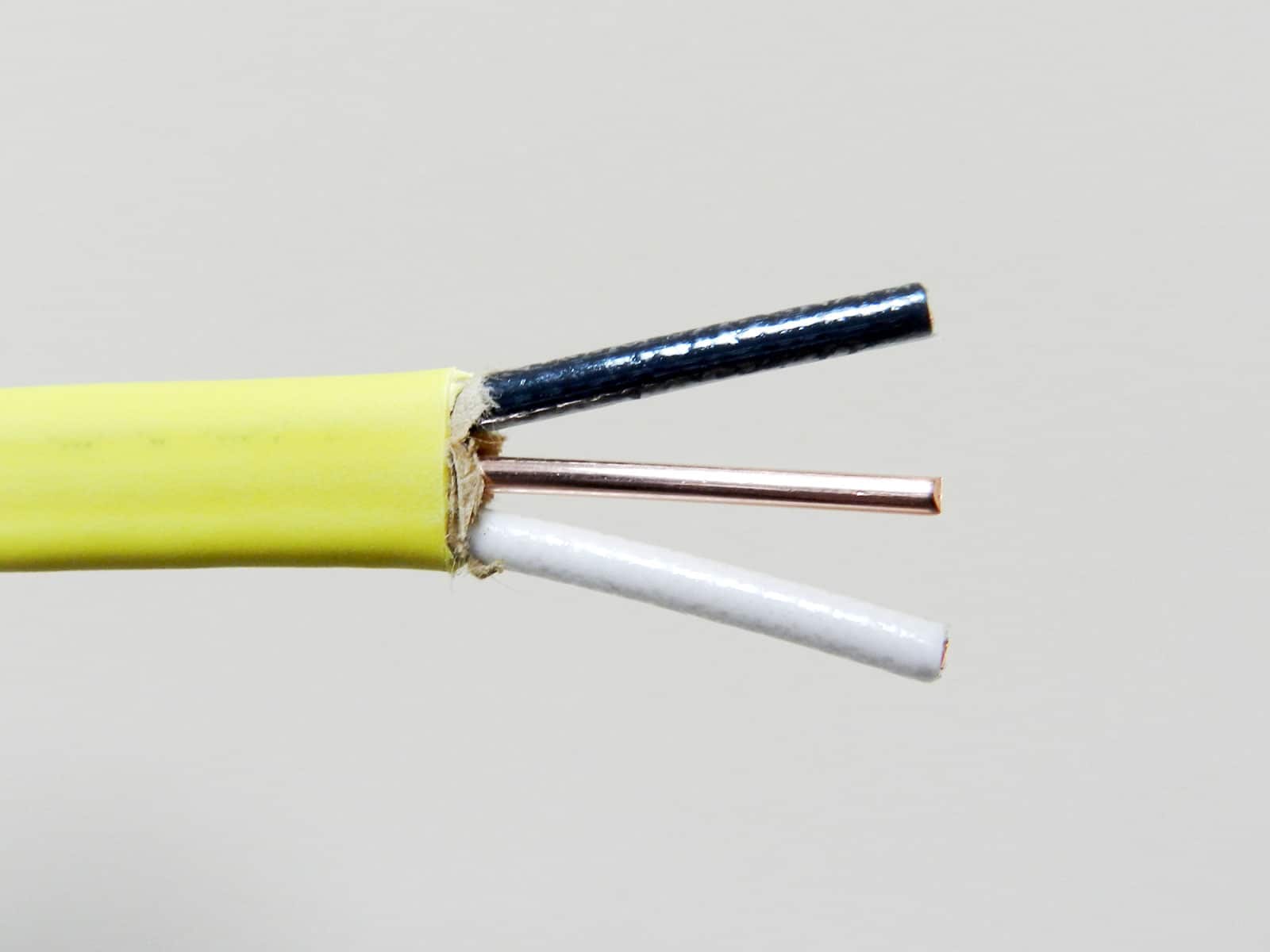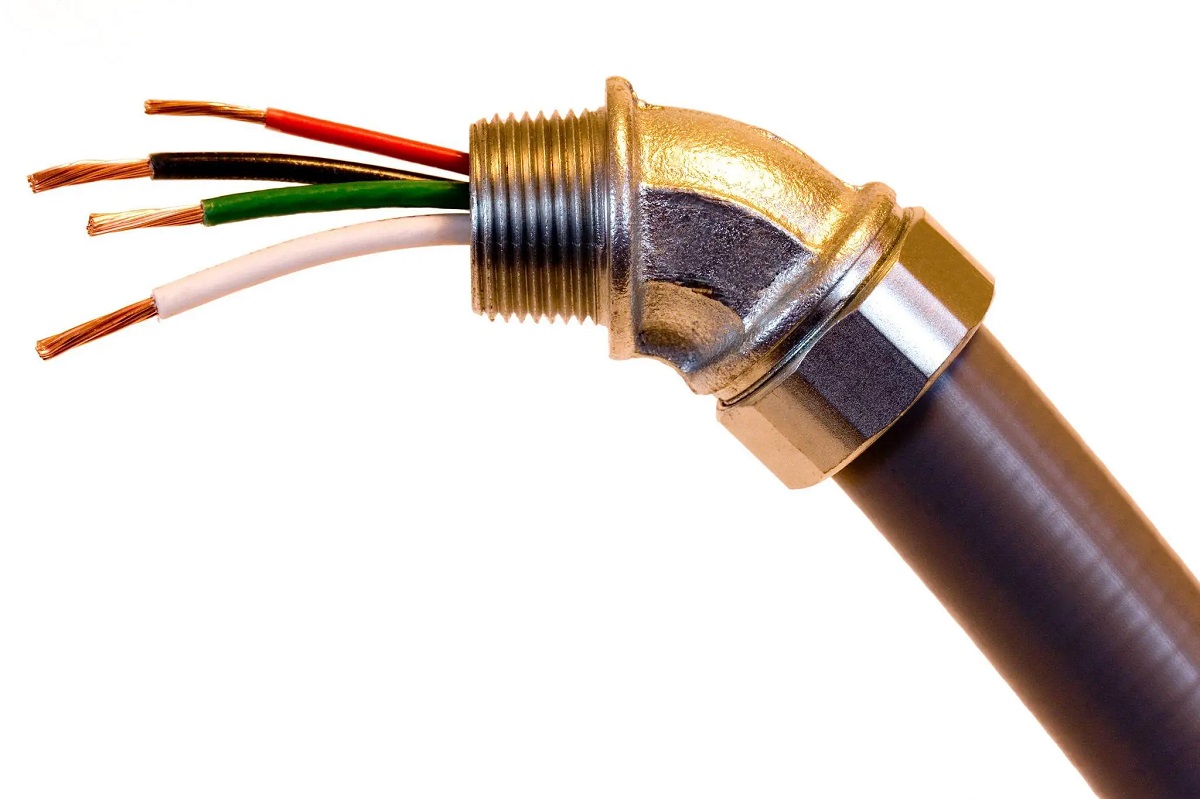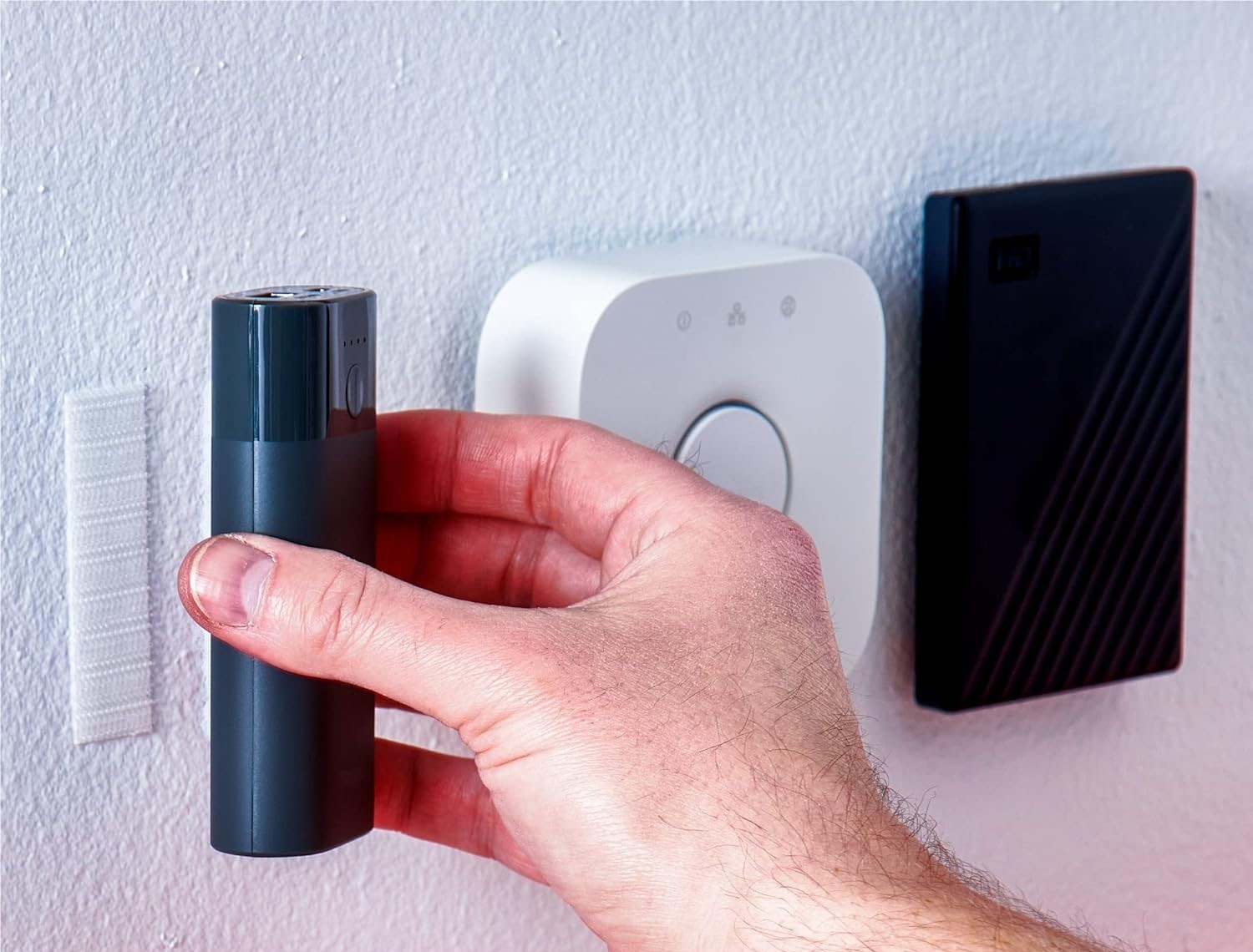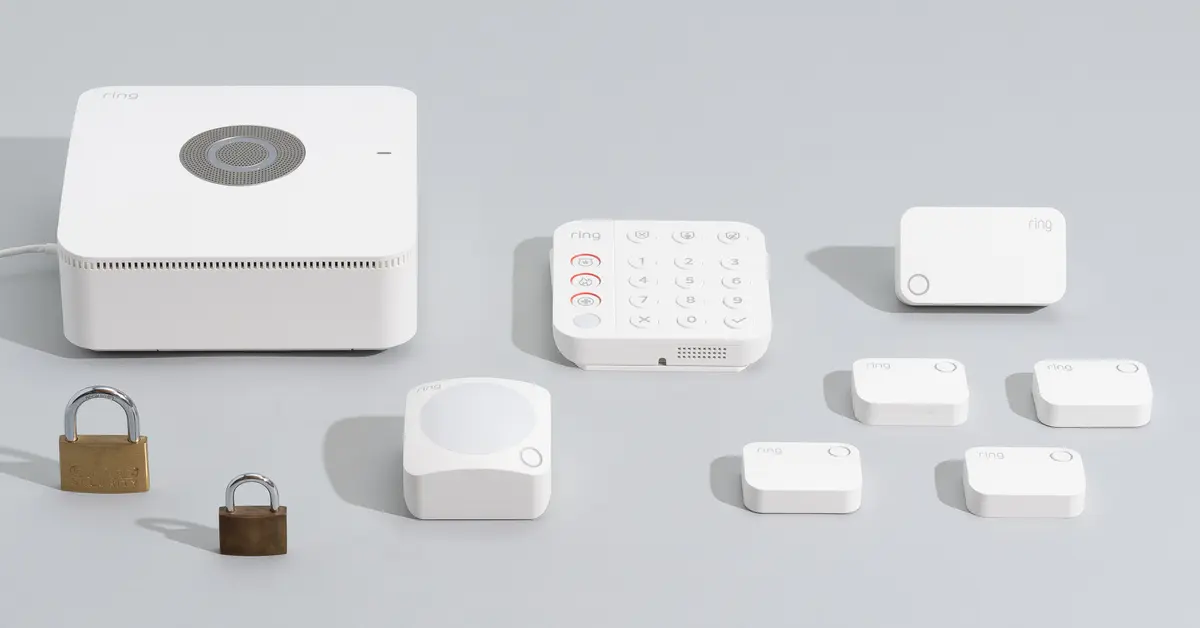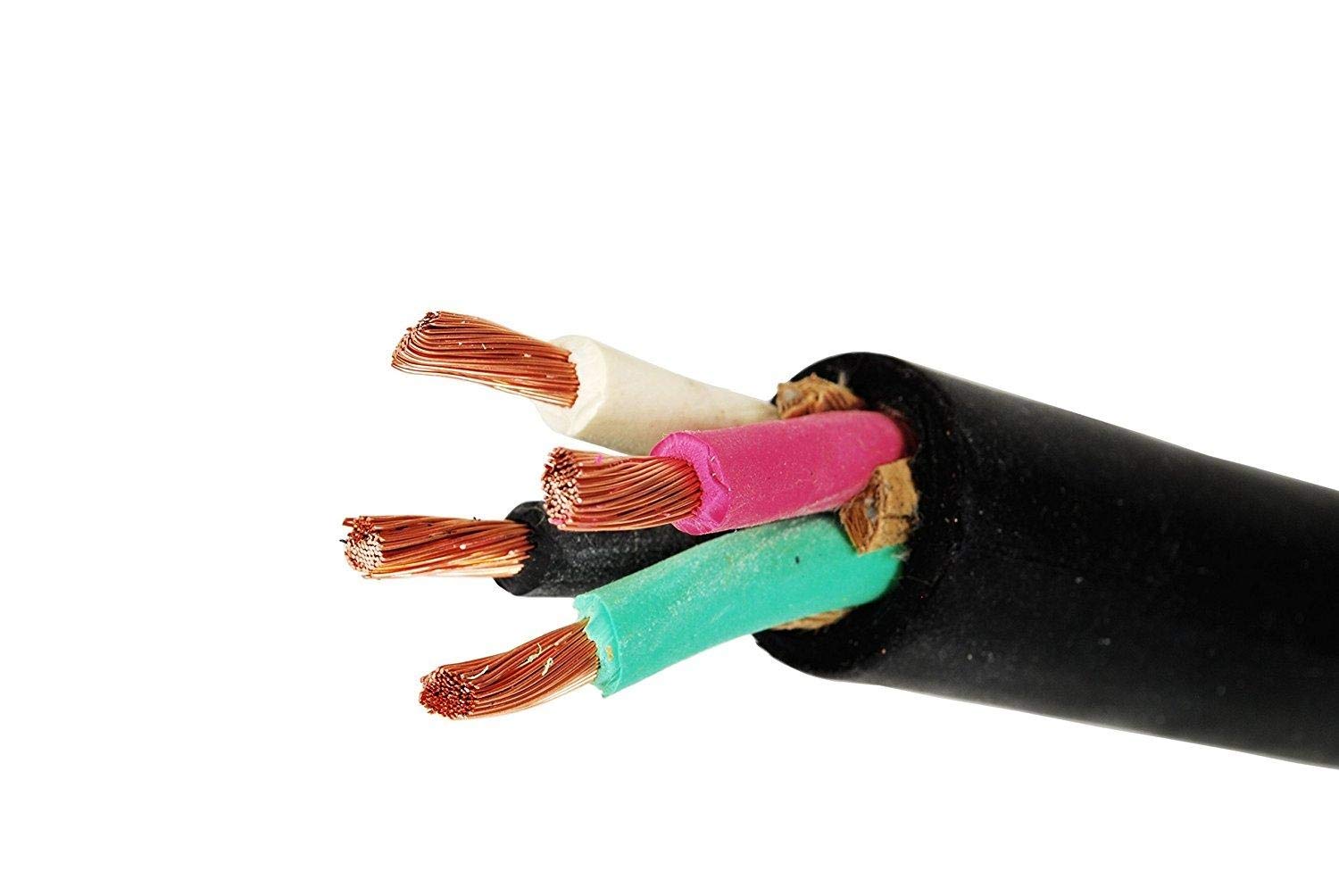Home>Home Security and Surveillance>What Does ADT Require The Power Wire On Their Alarm Systems To Be?
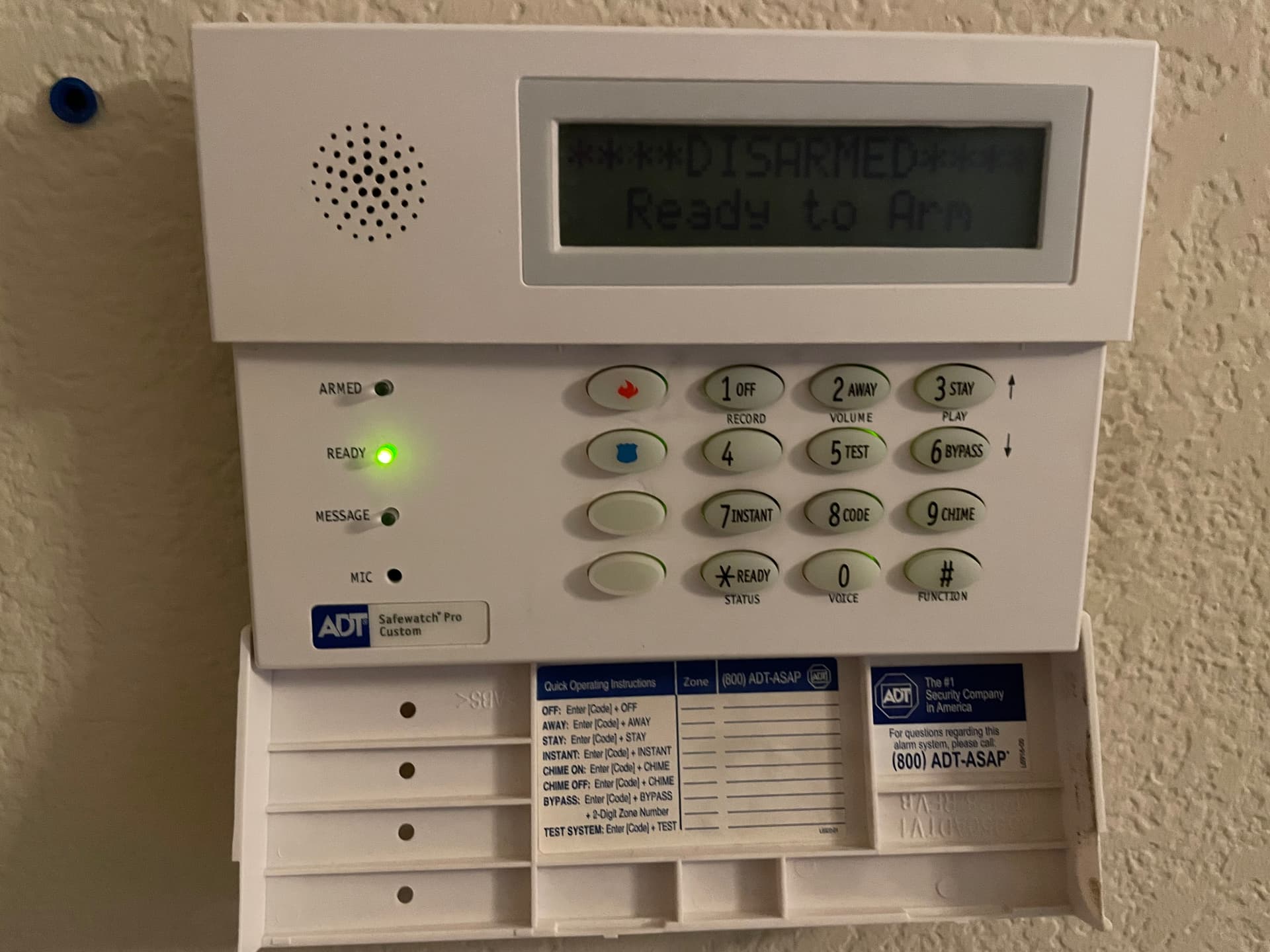

Home Security and Surveillance
What Does ADT Require The Power Wire On Their Alarm Systems To Be?
Modified: March 6, 2024
ADT requires the power wire on their alarm systems to ensure reliable home security and surveillance. Learn more about their requirements for a secure and protected home.
(Many of the links in this article redirect to a specific reviewed product. Your purchase of these products through affiliate links helps to generate commission for Storables.com, at no extra cost. Learn more)
Introduction
Welcome to the world of home security and surveillance! In an increasingly interconnected world, protecting our homes and loved ones is a top priority. That’s where alarm systems, like those offered by ADT, come into play. ADT is a leader in the home security industry, providing reliable and comprehensive solutions to keep our homes safe.
When it comes to ADT alarm systems, one crucial component is the power wire. The power wire is responsible for supplying the necessary electrical energy to the alarm system, ensuring its proper functioning. Understanding the requirements and specifications of the power wire is essential for seamless installation and operation.
In this article, we will delve into the purpose of the power wire in ADT alarm systems, discuss the voltage requirements, wire size and type, as well as the connection and installation process. We will also address potential issues that may arise with the power wire and how to troubleshoot them. So, let’s dive in and unravel the mysteries of ADT’s power wire in their alarm systems.
Key Takeaways:
- The power wire in ADT alarm systems is like the heart of the system, providing the energy needed for all the parts to work together and keep your home safe, even during power outages.
- Choosing the right wire size and type, following the installation steps, and troubleshooting potential issues are crucial for ensuring your ADT alarm system works smoothly and keeps your home secure.
Read more: Why Are Permits For Alarm Systems Required?
Purpose of the Power Wire in ADT Alarm Systems
The power wire in ADT alarm systems serves a critical purpose in ensuring the functionality and reliability of the system. Its primary role is to provide a steady source of electrical power to the alarm system components, allowing them to perform their intended functions.
When the power wire is properly connected and supplying electricity, it ensures that the control panel, sensors, cameras, and other devices within the alarm system can communicate with one another effectively. This communication enables them to detect and respond to security breaches, such as unauthorized entry or motion detection.
Additionally, the power wire keeps the alarm system running even during power outages, thanks to backup battery systems. This means that even if the main power supply is disrupted, the alarm system remains operational, providing continuous protection for your home or business.
Without the power wire, the alarm system would be rendered useless. It would not have the necessary electrical energy to support its various components and perform its essential functions. Therefore, ensuring a proper and reliable power source is crucial to the overall effectiveness of the ADT alarm system.
Moreover, the power wire also plays a role in powering other devices connected to the alarm system, such as keypads, sirens, and monitoring devices. These additional components further enhance the security measures in place, alerting occupants and authorities in the event of a security breach.
In summary, the power wire in ADT alarm systems serves a vital purpose of providing a steady source of electrical power to the system’s components. It enables effective communication between devices, ensures continuous operation during power outages, and powers supplementary devices for enhanced security measures.
Voltage Requirements for ADT Alarm Systems
ADT alarm systems operate on specific voltage requirements to ensure proper functionality and compatibility with the components of the system. Understanding the voltage requirements is crucial for selecting the right power supply and ensuring a seamless installation process.
Typically, ADT alarm systems require a power supply voltage of 12 volts DC (Direct Current). This voltage is considered standard for most alarm systems and is compatible with a wide range of devices and components.
It’s important to note that the voltage requirement may vary depending on the specific model and components of the ADT alarm system. Therefore, it’s essential to refer to the manufacturer’s guidelines and documentation to determine the precise voltage requirements for your particular system.
When it comes to the power supply itself, ADT recommends using a power transformer, also known as a power supply module or simply a transformer. The transformer converts the 120-volt AC (Alternating Current) household power to the 12-volt DC power required by the alarm system. This ensures a safe and reliable power source for the system.
ADT alarm systems also incorporate backup battery systems to provide power in the event of a power outage. These batteries are typically rechargeable and connected to the control panel or a battery backup module. The backup batteries are designed to keep the system operational for a specified amount of time, ensuring uninterrupted protection even during power disruptions.
It is recommended to regularly check the voltage levels of the power supply and backup batteries to ensure they are within the specified range. This can be done using a multimeter or as indicated in the alarm system’s control panel or monitoring software.
In summary, ADT alarm systems typically require a voltage of 12 volts DC. A power transformer is used to convert the 120-volt AC household power to the required 12 volts DC. Backup batteries are also incorporated to provide power during outages. It is important to follow the manufacturer’s guidelines and regularly check the voltage levels to maintain the optimal performance of the alarm system.
Wire Size and Type for Power Wire in ADT Alarm Systems
When it comes to the power wire in ADT alarm systems, it is crucial to use the appropriate wire size and type to ensure optimal performance and safety. The wire size and type are determined by the amount of current the system requires and the distance the power wire needs to travel.
The wire size is specified using American Wire Gauge (AWG), which assigns a numerical value to indicate the wire’s diameter. In general, ADT recommends using 18 AWG wire for the power wire in their alarm systems. This gauge provides an optimal balance between current-carrying capacity and flexibility, making it suitable for most applications.
Using a wire size that is too small may result in voltage drop, where the voltage decreases as it travels through the wire. This can lead to decreased performance and unreliable operation of the alarm system. On the other hand, using a wire size that is too large may be unnecessary and result in increased costs and difficulties during installation.
When it comes to the type of wire, ADT recommends using stranded copper wire for the power wire. Stranded wire consists of multiple strands of copper, allowing for greater flexibility and easier installation compared to solid wire. Copper is an excellent conductor of electricity and provides good conductivity and reliability for the power wire.
It is important to note that different sections of the alarm system may have specific wire size and type requirements based on their power needs. Therefore, it is recommended to consult the installation manual or contact ADT directly to determine the appropriate wire specifications for each component.
When installing the power wire, it is essential to pay attention to proper insulation and grounding. Ensure that the wire is properly insulated to prevent any potential electrical shorts or accidents. It is also important to follow local electrical codes and regulations for grounding the power wire to ensure safety and compliance.
In summary, ADT recommends using 18 AWG stranded copper wire for the power wire in their alarm systems. This wire size and type provide the necessary current-carrying capacity and flexibility for optimal performance. It is important to consult the installation manual or contact ADT directly to determine any specific wire requirements for individual components. Additionally, proper insulation and grounding practices should be followed for safety and compliance.
ADT requires the power wire on their alarm systems to be connected to a reliable power source, such as a dedicated outlet or a backup battery. This ensures that the system remains operational in case of a power outage.
Connection and Installation Process of the Power Wire in ADT Alarm Systems
The connection and installation of the power wire in ADT alarm systems are critical steps to ensure the proper functioning and reliability of the system. Following the recommended process will help you achieve a seamless installation and ensure the security of your home or business.
Here is a step-by-step guide to help you with the connection and installation process of the power wire:
- Plan the power wire route: Determine the best route for running the power wire from the power source to the control panel of the ADT alarm system. Ensure the wire is not exposed to potential hazards or interference that could affect its performance.
- Shut off the power: Before making any connections, turn off the power to the circuit you plan to connect the power wire to. This is crucial for safety and to avoid any electrical accidents.
- Prepare the power wire: Strip off a small section of insulation from the ends of the power wire to expose the copper conductors. This will enable proper connections to the control panel and the power source.
- Connect to the control panel: Locate the terminal block or power input terminals on the control panel of the ADT alarm system. Connect the positive (+) wire to the positive terminal and the negative (-) wire to the negative terminal. Follow any specific instructions provided by ADT for your alarm system model.
- Connect to the power source: Identify the power source you will be using for your alarm system, typically a power outlet or a transformer. Connect the positive (+) wire to the positive terminal and the negative (-) wire to the negative terminal of the power source.
- Secure the connections: Once the power wire is securely connected to both the control panel and the power source, ensure that all connections are tight and secure. Use electrical tape or wire nuts to cover the exposed wire ends for added protection.
- Test the system: After completing the connections and ensuring everything is secured, turn on the power to the circuit and test the ADT alarm system. Make sure that all components are functioning correctly and that the system is properly armed and disarmed.
It is crucial to follow the installation guidelines provided by ADT and consult with a professional or the ADT support team if you have any questions or concerns during the installation process.
In summary, the connection and installation process of the power wire in ADT alarm systems involve planning the route, shutting off the power, preparing and connecting the wire to the control panel and power source, securing the connections, and testing the system. Following these steps and adhering to ADT’s guidelines will help ensure a successful installation and optimum performance of your alarm system.
Read more: When Are Fire Alarm Systems Required
Potential Issues and Troubleshooting with the Power Wire in ADT Alarm Systems
While the power wire is a crucial component of ADT alarm systems, issues can occasionally arise that affect its performance and functionality. Understanding common problems and troubleshooting methods can help you address these issues effectively and ensure the continuous operation of your alarm system.
Here are some potential issues that may occur with the power wire in ADT alarm systems and steps to troubleshoot them:
- Power loss: If the alarm system is not receiving power or experiencing intermittent power loss, check the power connections at the control panel and power source. Ensure that the connections are secure and that there are no loose wires. Test the power source and consider replacing the power transformer or checking the circuit breaker if necessary.
- Voltage drop: Voltage drop can occur if the power wire is too long or the wire size is inadequate. Check the wire gauge to ensure it meets the recommended specifications. If the wire length is excessively long, consider using a thicker wire or relocating the control panel closer to the power source to minimize voltage drop.
- Interference: Interference from other electrical devices can affect the performance of the power wire. Avoid running the power wire alongside other electrical cables, especially high-voltage lines, to minimize interference. If interference persists, consider using shielded power wire or installing noise filters to mitigate the issue.
- Wire damage: Damage to the power wire, such as cuts or frayed insulation, can disrupt the electrical flow and cause issues. Inspect the power wire for any visible signs of damage and replace it if necessary. Be cautious when running the wire to avoid sharp edges or potential hazards that could lead to wire damage.
- Battery failure: If power outages occur frequently and the backup batteries in the alarm system are not holding a charge, check the battery connections and ensure they are properly secured. Replace the batteries if they are old or depleted. It is also worth checking the battery charging circuitry in the control panel if the problem persists.
- Faulty power supply: In some cases, the power supply itself may be faulty. Test the power supply with a multimeter to ensure it is providing the correct voltage output. If the power supply is defective, contact ADT for a replacement or consult with a professional technician for further assistance.
If you encounter any issues or are unsure about troubleshooting the power wire in your ADT alarm system, it is recommended to reach out to ADT support or consult with a professional technician. They can provide specific guidance based on your system’s configuration and help you resolve any problems effectively.
In summary, potential issues with the power wire in ADT alarm systems can include power loss, voltage drop, interference, wire damage, battery failure, and faulty power supplies. By troubleshooting these issues and seeking professional assistance when needed, you can ensure the reliable operation and security of your ADT alarm system.
Conclusion
In conclusion, the power wire is a crucial component of ADT alarm systems, providing the necessary electrical energy for the system to function properly. Understanding the purpose, voltage requirements, wire size and type, as well as the connection and installation process are essential for a seamless and reliable installation.
By following ADT’s guidelines and recommendations, you can ensure that the power wire is connected properly to the control panel and power source. This will enable effective communication between the alarm system components, uninterrupted operation during power outages, and enhanced security measures.
It is important to be aware of potential issues that may arise with the power wire, such as power loss, voltage drop, interference, wire damage, battery failure, or faulty power supplies. By troubleshooting these issues and seeking professional assistance when needed, you can address them promptly and ensure the continuous functionality of your ADT alarm system.
Remember to regularly check the power supply voltage and backup battery levels to maintain the optimal performance of the alarm system. Following safety guidelines, such as proper insulation and grounding, is also critical to ensure a safe installation process.
ADT alarm systems offer comprehensive and reliable security solutions for protecting your home or business. With a solid understanding of the power wire and its requirements, you can maximize the effectiveness of your alarm system and enjoy peace of mind.
If you have any questions or concerns regarding the power wire or the installation process, don’t hesitate to reach out to ADT’s support team or consult with a professional technician. They can provide further assistance and guidance based on your specific system’s configuration.
Now, armed with knowledge about the power wire in ADT alarm systems, you can confidently proceed with the installation and enjoy the enhanced security and peace of mind that ADT provides.
Frequently Asked Questions about What Does ADT Require The Power Wire On Their Alarm Systems To Be?
Was this page helpful?
At Storables.com, we guarantee accurate and reliable information. Our content, validated by Expert Board Contributors, is crafted following stringent Editorial Policies. We're committed to providing you with well-researched, expert-backed insights for all your informational needs.

